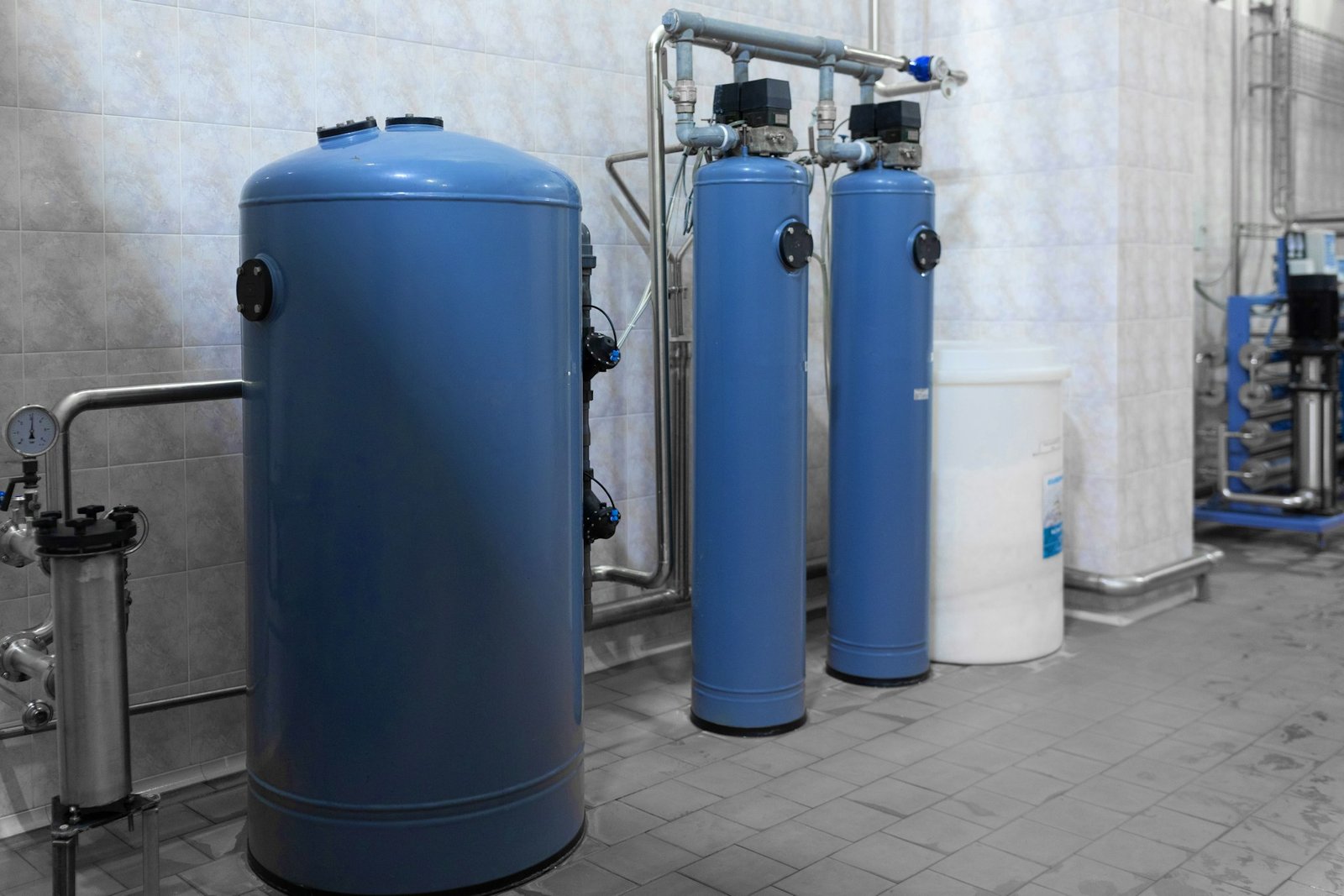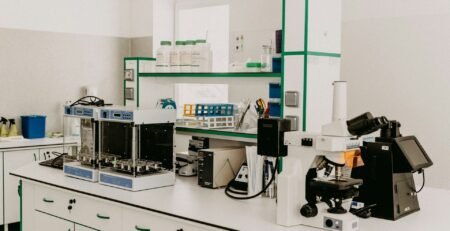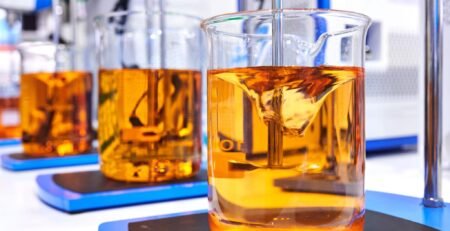
18
Sep
What Happens if You Skip Quality Lab Filtration Equipment?
In a lab, every piece of equipment matters. It’s easy to focus on the big items like fume cupboards, microscopes, or centrifuges and forget about the smaller tools quietly doing the heavy lifting in the background. Lab filtration gear fits into that group. It doesn’t shout for attention, but if it fails, everything else can start to go sideways.
Think about running a test and spotting unexpected particles in your final sample. Or maybe dealing with backups in the system because a clogged filter hadn’t been picked up early. These might seem like minor roadblocks, but they can waste time and throw off your results. Having reliable lab filtration equipment in Australia isn’t just a bonus, it’s what keeps a job from going off track.
This article looks at what actually happens when filtration setups don’t get the thought or care they need. The knock-on effects often hit harder than people expect.
Why Filtration Equipment Matters More Than You Think
Filtration is one of those background steps that makes everything else easier. Good filters help keep samples clean and consistent, which is what most lab work hinges on. Whether you’re separating solids from liquids or keeping airborne materials under control, the job behind the scenes shapes the final outcome.
In chemistry testing, filters catch contaminants before they mess with measurements. In biological labs, they help keep samples sterile. Even something as simple as water testing falls apart quickly when a filter fails. If materials get mixed or leftover particles show up, you might need to bin what you’ve made or measured and start again.
Safety plays a role as well. During disposal or transfer, filters stop sharp or hazardous particles from entering shared systems or reaching people. Trusting a filter to do its job means trusting the whole process too. When filtration works, it’s almost invisible. When it doesn’t, it usually goes wrong at an important moment.
LabChoice Australia stocks grade-specific syringe filters and vacuum filtration assemblies designed for a wide range of applications—whether you are managing routine analysis or specialised lab work. Using the right filter for each process is more than a box-ticking step; it keeps your results, your people, and your workspace safer.
Common Problems Caused by Cheap or Worn-Out Filters
Shortcuts with filters may seem harmless in the moment. A cheaper pack here, a reused unit there, but it all adds up quickly. The end result is more time fixing problems that could have been avoided.
Filters that don’t fit properly or lose shape under pressure leave the door open for cross-contamination. That could be liquids ending up in the wrong containers or air-powered equipment circulating unexpected particles. These mistakes can affect more than just today’s work.
Blockages pop up too. If a filter is pushed past its limit or not matched to the correct process, it can clog. This can slow trays, tip balances, or jam automated setups. And when this happens during critical work, it isn’t just frustrating—it might mean stopping everything to clean, refill, or reset tools that should have been running smoothly.
Seasonal changes play a part as well. In early spring or just before summer maintenance breaks, labs might switch materials or handle more storage tasks. A brittle or overused filter can crumble or grow mould in cool-to-warm transitions, sometimes going unnoticed until several batches are affected.
Filtration equipment must fit with the application, as some filters are designed for aggressive chemicals, while others are suited to routine tasks with organic samples. Having the right filter every time helps you dodge many of the common problems that show up when working under pressure.
Strain on People, Processes, and Safety
When filtration fails, it’s not just about the gear. Workflows change, safety plans get tested, and team energy gets drained sorting technical issues rather than focusing on the work that matters.
Lab staff rely on tools that don’t need babysitting. If filters keep causing flow issues or blockages, what should be routine becomes a drawn-out process. This means more cleaning, more measurement errors, and more hours lost to the same problems. Over time, this breaks focus and can lead to fatigue.
Extra risks show up, too. A filter that leaks or fails can let through vapours, powders, or even biological material that shouldn’t end up around people or other equipment. Small exposures add up and nobody wants to worry about what’s slipping through when working with hazardous materials.
Unclear results make decision-making harder than it should be. Was it the method or the equipment? Did someone miss a step, or was it a bad filter that turned the last few projects upside down? Circling these questions takes away time from the next steps and can make it feel like nothing is moving forward.
How to Spot If Your Lab Needs a Filter Update
Most filtration gear doesn’t announce its problems, but a few signs give the game away.
Start with the sample. If you see particles in liquids meant to be clear, your filter could be cracked or slipping. Residue on supposedly clean containers can signal a problem with the filtration stage. Equipment that drains more slowly, changes pressure at odd times, or makes strange bubbling noises likely has a filter issue. These are all early warning signs worth checking out.
Some common things to spot include:
– New or odd smells—Chemical, musty, or biological scents near vents or traps
– Sluggish draining—Pumps, tanks, or beakers that empty slowly or unevenly
– Visible particles—Bits in solutions or on surfaces after routine runs
– Leaks or warps—Filters that look bent, shrunken, or oddly wet
If any of these signs come up, it usually makes sense to review your setup with someone who knows both the equipment and the specific processes in your lab. A regular check with a supplier or maintenance expert keeps small slip-ups from becoming regular disruptions.
A Smoother, Safer Lab Starts with the Right Setup
Filtration might look like an easy job, but it runs through every part of lab work. Good filters remove unnecessary steps from double-checking data, cleaning gear, and stressing over risk. Skipping proper filtration or using mismatched gear can pile up missed results, lost time, and safety concerns faster than you expect.
The best lab filtration equipment in Australia is built to match local samples and typical workloads. When you find a reliable fit, the whole workflow stays cleaner and less stressful. If every filter is chosen with a real task in mind, there’s less guessing and fewer surprises down the track.
Lab work shouldn’t revolve around fixing the same filtration problems on repeat. By setting up with the right tools and a watchful eye, your team can count on quicker, cleaner, and safer outcomes—without needing to look twice at every step in the process.
If filtration gear isn’t pulling its weight, the whole lab feels it. Running smooth testing processes is about more than big machines—it’s about making sure even the smaller tools are doing their job without slowing things down. We help labs choose the right setup by looking closely at how materials hold up under different conditions across the country, especially when it comes to reliable day-to-day tools like lab filtration equipment in Australia. At LabChoice Australia, we know the right tools can make a big difference across every part of your workflow. If your filtration setup keeps raising questions, now’s a good time to contact us.


